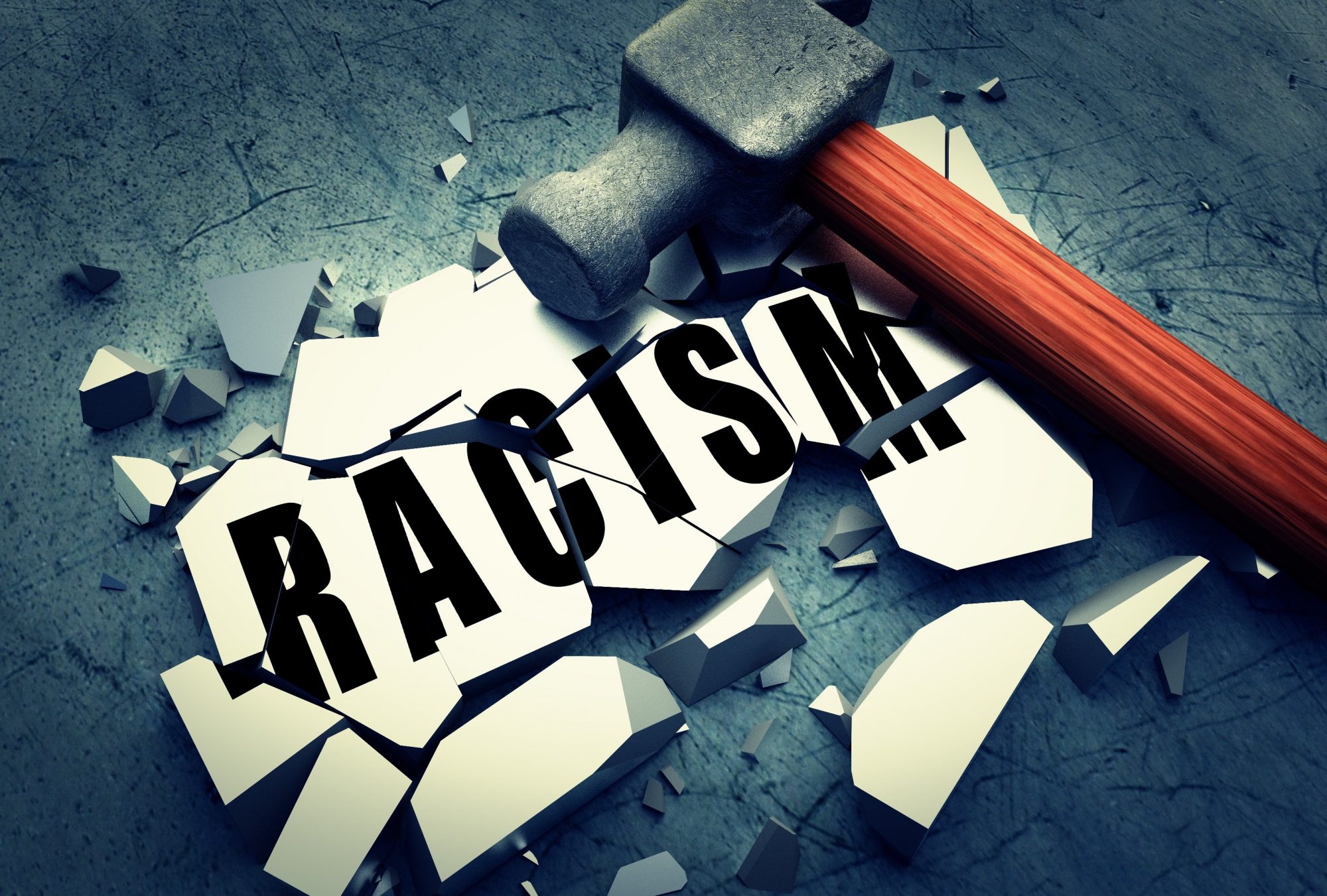Sophie and I presented on the topic of colorblind racism and cultural appropriation of Hip-Hop culture. These two readings were interesting because it showed how prevalent colorblind racism is seen within the entertainment industry. In the first reading, “Colorblind Ideology and the Cultural Appropriation of Hip-Hop,” Jason Rodriquez dissect the Hip-Hop industry and the history behind it becoming a white space. I found it shocking to realize that the entertainment industry isn’t as progressive as it is made out to be. I also found it interesting how Rodriquez gave us other examples other than hip-hop, where a space started as a minority one and then became a white space. His article also showed how people who support the hip-hop industry use colorblind racism. Rodriquez showed this through an experiment that he conducted. In his study, he interviewed fans of particular artists and asked them questions. From this study, he concluded that white people use hip-hop and other black forms of entertainment to deny or look past their advantages and privilege. On the other hand, the cultural appropriation packet that we read was very interesting as well because it showed how much cultural appropriation is common from fashion designers to food places such as taco bell. This packet put into perspective the seriousness of the issue.
In our presentation, Sophie and I first touched on the definition of colorblind racism and what that means we even gave examples using a YouTube video and a comic. We then broke down the first reading about cultural appropriation in the Hip-Hop culture by placing two pictures side by side — one of the WuTang Clan and their audience versus Travis Scott’s audience today. You can see a drastic change in crowds. You can also see the shift from a minority space to a white space. I never knew how dramatic the shift was, but it is something that definitely can’t go unnoticed. We also touched on where it all started, which was MTV Raps. I thought it was interesting how Rodriquez clearly explained how MTV impacted the shift in the hip-hop culture.
One thing that surprised me the most was the music industry today. When I think of this industry, I expect progression, acceptance, and respect for other cultures. But, after doing this project, I realized that that wasn’t the case. The entertainment industry has been an industry that has been stripped from African Americans and put into the hands of white people. This industry has become a white space because it has been appropriated to manage the white race. For example, Motown was a type of music and space where African Americans could take ownership of their talent without having to change or alter their music. We can also see colorblind racism within award shows such as the Grammys and Oscars. There have been times where artists such as Travis Scott, Beyoncé, and Kendrick Lamar are nominated for many awards but don’t win. Beyoncé Lemonade lost to Adele’s album, and Travis Scotts Astroworld didn’t win anything at the Grammy’s. That comes down to who is in control of the hip-hop industry and the people who are in charge of voting for winners at the Grammys and things like that they are usually old white men. To understand this industry for what it truly is disappointing because it means that the entertainment industry is just a façade for another white space.
After looking at the music industry, we turned to fashion and how that was even worse. But when dealing with the fashion industry, cultural appropriation seems to be loosely used. Since fashion designers come from all parts of the world, we posed the question to the class, where should the line be drawn in fashion when it comes to cultural appropriation? I got many interesting answers, but I also realized that cultural appropriation could be used differently depending on the person. Something could seem like cultural appropriation for you but may be seen as an ordinary outfit to me. So, I think this term can change based on the individual.
After talking about the readings and discussing, we then had the class stand up and move to either side of the room. If they agreed they went by the door if you disagreed, you went by the cabinets, and if they were in-between, they stood in the middle. With this game, we would ask questions to the class, and they move to whichever side. Then we would pick on someone to explain why they are on the side they are on. This activity required students to participate and discuss, which I thought was great because then we would hear many different viewpoints. In the end, Sophie and I ran out of time, but I was wondering if the kids in the class had a different take on cultural appropriation or were the same as when they walked in. Also, I wish we were able to have them all individually come up with a definition of what cultural appropriation meant to them, but we didn’t have time. Overall, this topic was fascinating, and I learned a lot about the entertainment industry that I didn’t know.
Sociology 1010 – Deconstructing Racism
Fall 2019 – Professor Theo Greene
